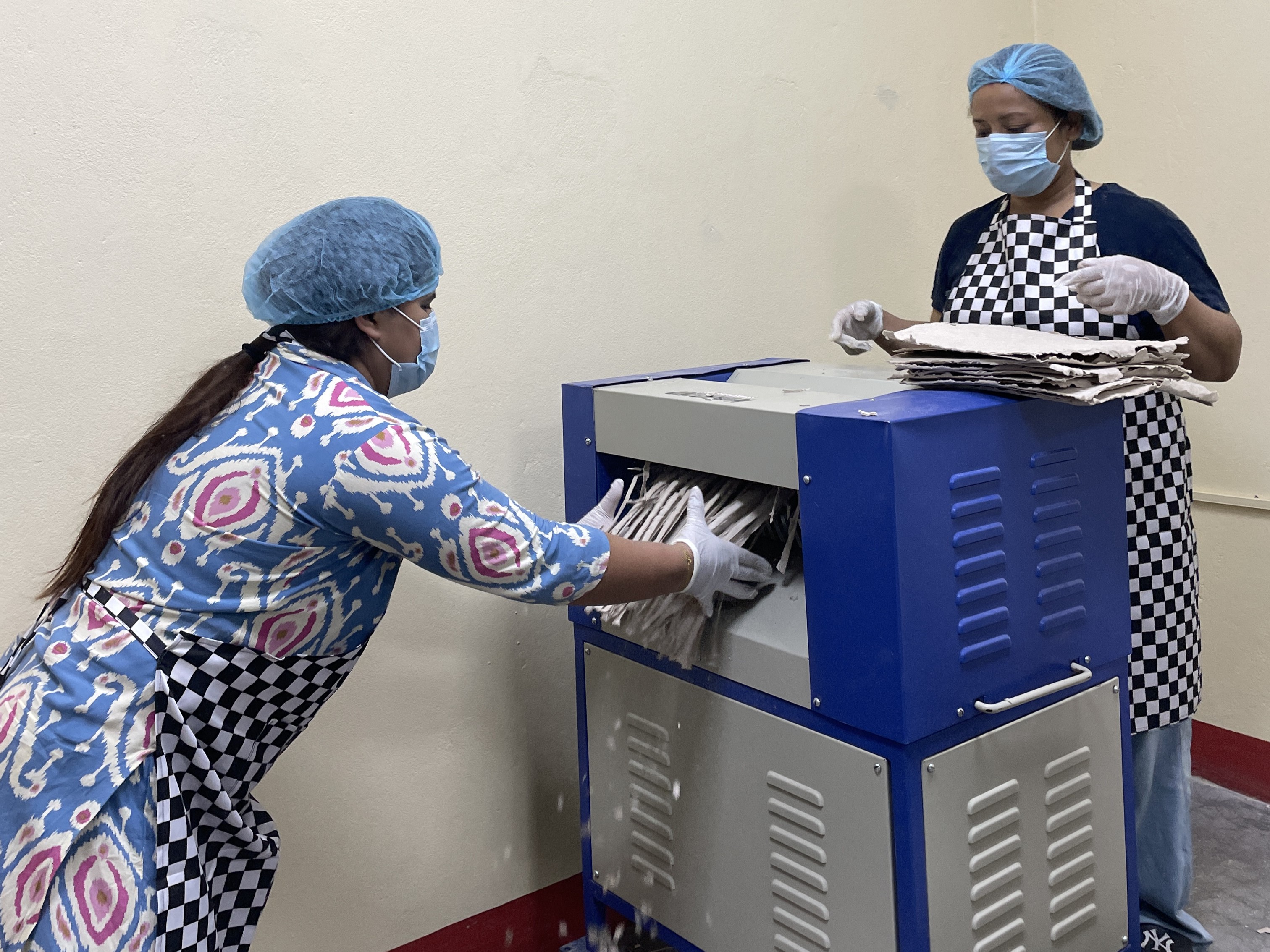Designing and Delivering Age-Appropriate Menstrual Health Education for Schools
This building block details how the SPARŚA Ambassador Program designs and delivers menstrual health education for students aged 11–17 (Grades 6–10) in Nepal, ensuring each session is relevant, inclusive, and culturally sensitive.
Schools are chosen based on their proximity to the Ambassador’s community to ensure trust and easy access. Ambassadors map their audience and adapt delivery methods to different age groups. For Grades 6–7 (pre-menarche), sessions focus on building a safe and friendly environment through storytelling, interactive games, and art-based activities. For Grades 8–10 (post-menarche), the focus shifts to clear scientific explanations of the menstrual cycle, phases, and bodily changes, while also addressing myths, stigma, and gaps left by incomplete classroom teaching.
Visual aids such as flip charts, diagrams, presentations, and flex prints help make abstract concepts tangible. Ambassadors also conduct live demonstrations of various menstrual products—disposable pads, reusable cloth pads, menstrual cups, and tampons—explaining pros and cons, safe usage, disposal methods, and environmental impacts. By linking product choice to environmental awareness, students learn how menstrual health intersects with climate action.
Nutrition during menstruation is covered to promote physical well-being. Sessions are always inclusive of both boys and girls, which helps normalise menstruation, reduce stigma, and foster empathy among peers. Teachers are encouraged to attend so they can reinforce messages after the session.
Preparation is key: Ambassadors contact school principals early, establish ground rules for respectful participation, prepare teaching materials, arrange transportation, and ensure all demonstration products are ready. Follow-up is encouraged through take-home leaflets or posters, allowing students to revisit the information later.
